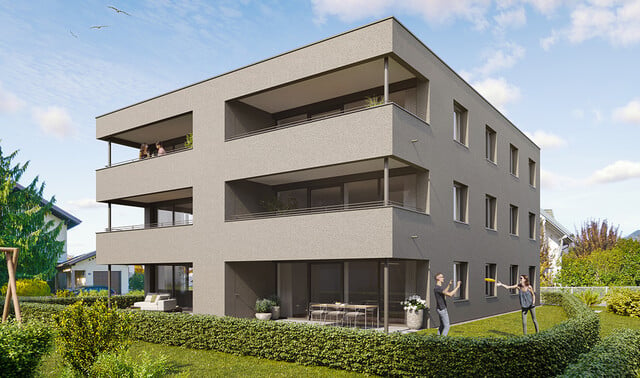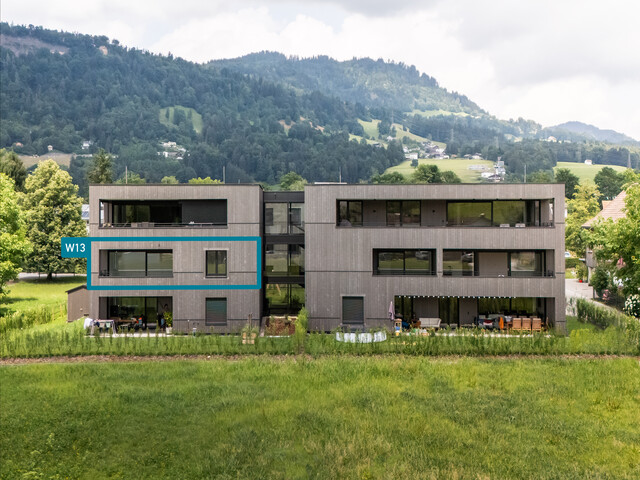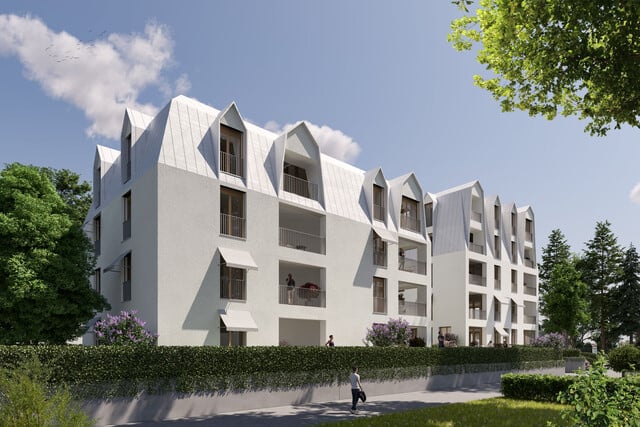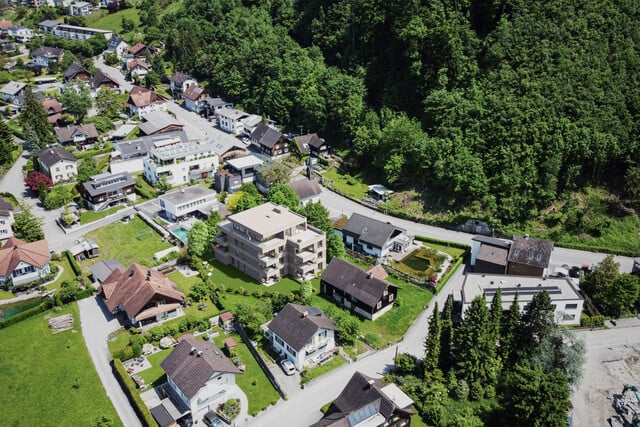Austrian Quantum Computer as First in Space

At the University of Vienna, based on the work of Anton Zeilinger, capabilities with quantum systems have been developed that enable applications such as quantum cryptography and quantum computers. "We can play with quantum systems and have achieved an incredible level of security - this is a new technology world where Austria has a leading role." Additionally, quantum computers are particularly suitable for machine learning and artificial intelligence, as they are faster and more energy-efficient than current systems.
Quantum Computers in Space First Step for Autonomous Vehicles
This also explains the step of the Viennese physicists into space: There are currently 1,500 Earth observation satellites, and according to forecasts, there will be 10,000 in a decade, which will process data from observations such as forest fires or ocean currents very efficiently. "If you can achieve a boost here through quantum technologies, you are in a very interesting technology track," said Walther. His vision is to take on Earth observation tasks and show that the quantum computer works faster than conventional computers and requires less power. This is not only interesting for satellites but also for drones or autonomous vehicles. The quantum computer satellite is an important step towards this. Walther's team has managed to pack all the components, which in the lab require an experiment table with a size of three by one meter, vibration absorption, and a lot of energy, into a shoebox-sized cylinder with dimensions of 150 x 150 x 453 millimeters and a weight of 9.5 kilograms - and to operate it all very energy-efficiently.
Purely Austrian Funding for Quantum Computers in Space
Walther is also proud that the satellite, which was developed in the record time of 18 months, was purely Austrian-funded. Around two million euros came from the Austrian Research Promotion Agency (FFG), and the University of Vienna also contributed significantly. In the previous tests, it was seen that all components work, "this was a great relief because the stresses during launch are enormous for quantum components." The research team also learned to deal with space conditions - that is, the alternating phases of intense light and heat as well as darkness and cold - and to operate the device effectively.
Now they are in the phase of adjusting the experiment. By the end of the year, the scientists aim to demonstrate key steps of the quantum computer, that is, computational operations with quantum light, "and if everything goes well, take a step further and process data read by the onboard camera," Walther told APA. Currently, they are learning many things that could not be known on the ground. Walther mentioned disruptive light particles as an example, which penetrate into the interior of the satellite despite all shielding and disturb the sensitive experiments with individual light particles. All of this should "definitely be incorporated into the next generation," as Walther is already planning the next satellite, which could follow in two to three years.
"Intensive Negotiations" on the FTI Pact
Whether the research team can realize a second satellite may also depend on the next so-called Research, Technology, and Innovation Pact (FTI Pact). This determines the budget available to the central research funding agencies and non-university research institutions for the years 2027 to 2029. This amount must be negotiated by the responsible departments (Ministry of Science, Infrastructure, and Economy) with the Ministry of Finance by the end of the year.
For Holzleitner, the quantum computer satellite is "the best example of why a strong FTI Pact is needed." In the field of basic research, the foundation is laid to secure our prosperity in the coming years and decades. "We emphasize this together to the Ministry of Finance many times," said the minister. Hanke stated that "we have already come a long way in terms of financial input," referring to the 620 million euros earmarked for applied research next year, as well as an additional 300 million euros for the space focus. "And as you can see, it is rewarding," he said, pointing to the satellite.
When asked whether there will be an increase compared to the approximately five billion euros for the current FTI Pact 2024-2026, as also stipulated by the Research Financing Act, which prescribes a "long-term, growth-oriented financing," the ministers did not want to commit. "The deadline is December 31, the negotiations until then will certainly be very intensive, nothing can be definitively said yet," said Holzleitner.
(APA/Red)
This article has been automatically translated, read the original article here.
Du hast einen Hinweis für uns? Oder einen Insider-Tipp, was bei dir in der Gegend gerade passiert? Dann melde dich bei uns, damit wir darüber berichten können.
Wir gehen allen Hinweisen nach, die wir erhalten. Und damit wir schon einen Vorgeschmack und einen guten Überblick bekommen, freuen wir uns über Fotos, Videos oder Texte. Einfach das Formular unten ausfüllen und schon landet dein Tipp bei uns in der Redaktion.
Alternativ kannst du uns direkt über WhatsApp kontaktieren: Zum WhatsApp Chat
Herzlichen Dank für deine Zusendung.








